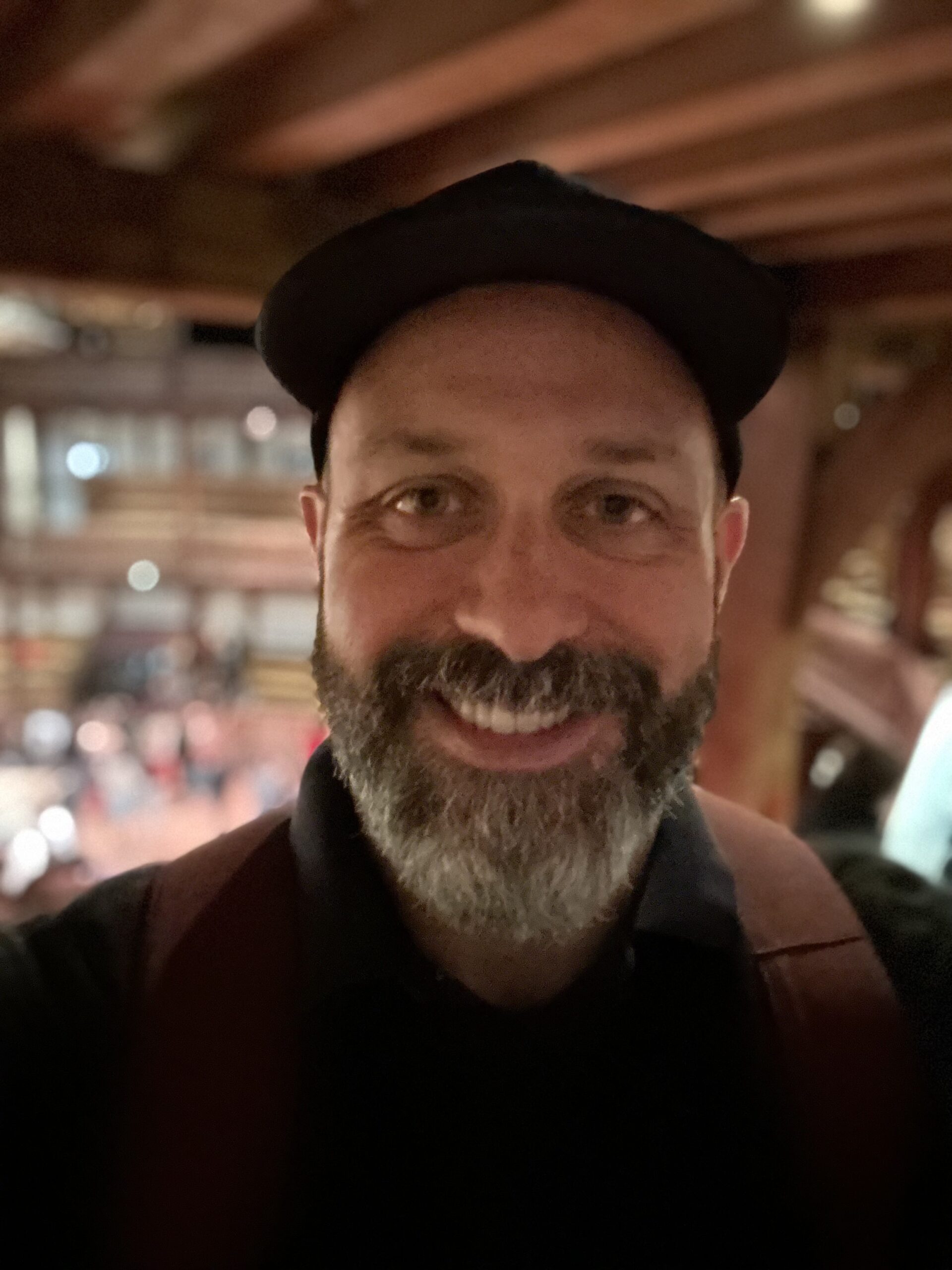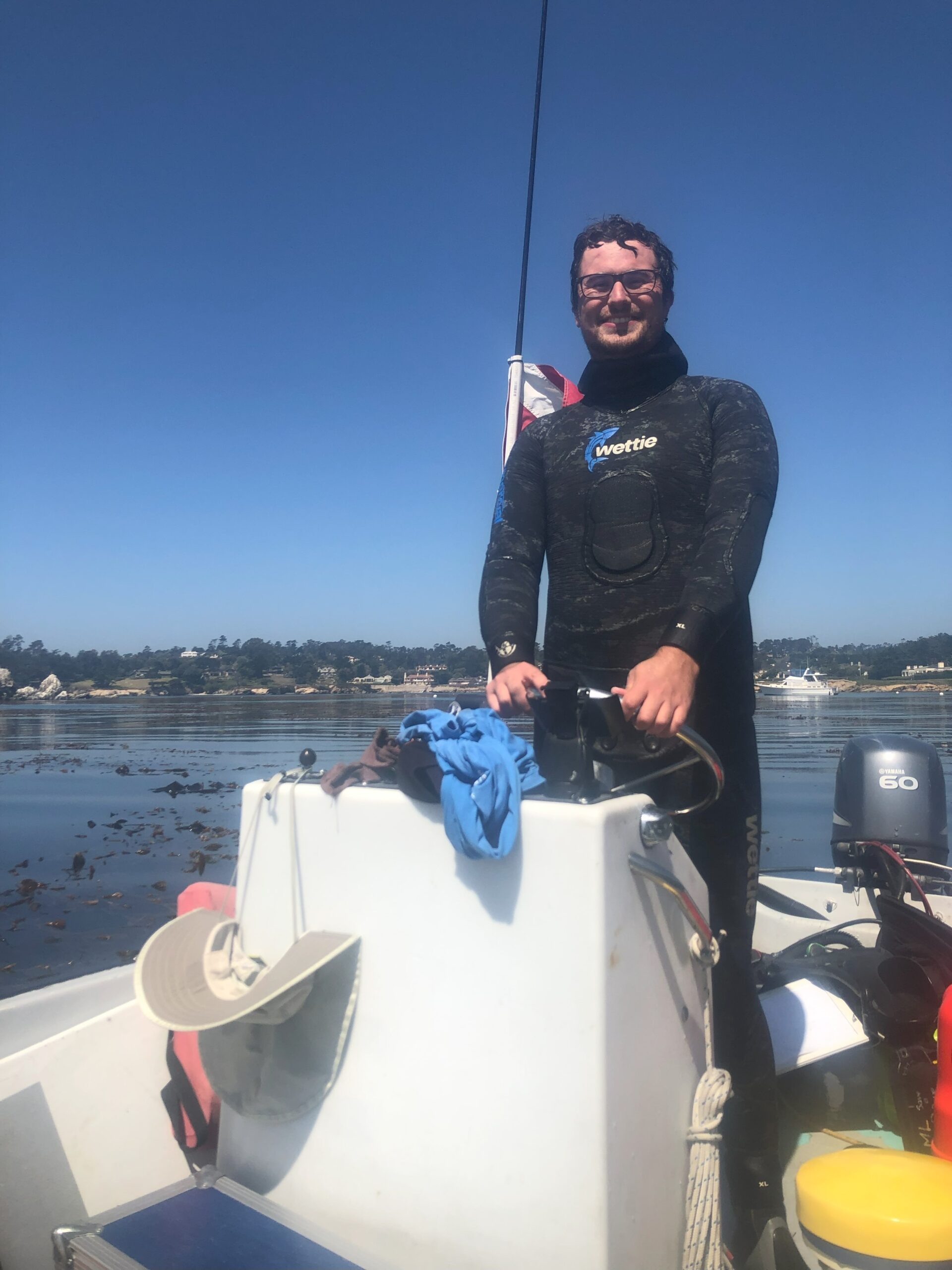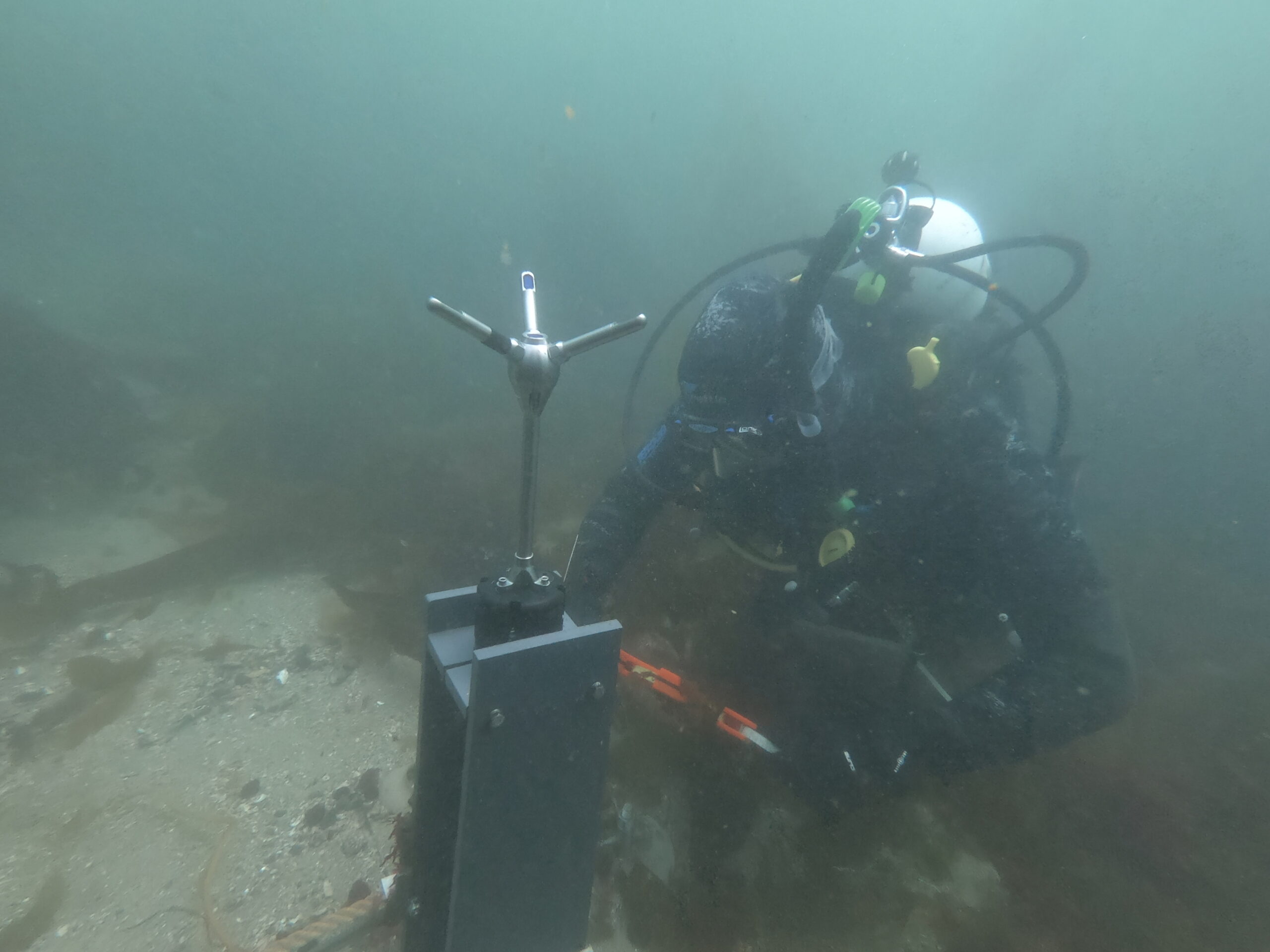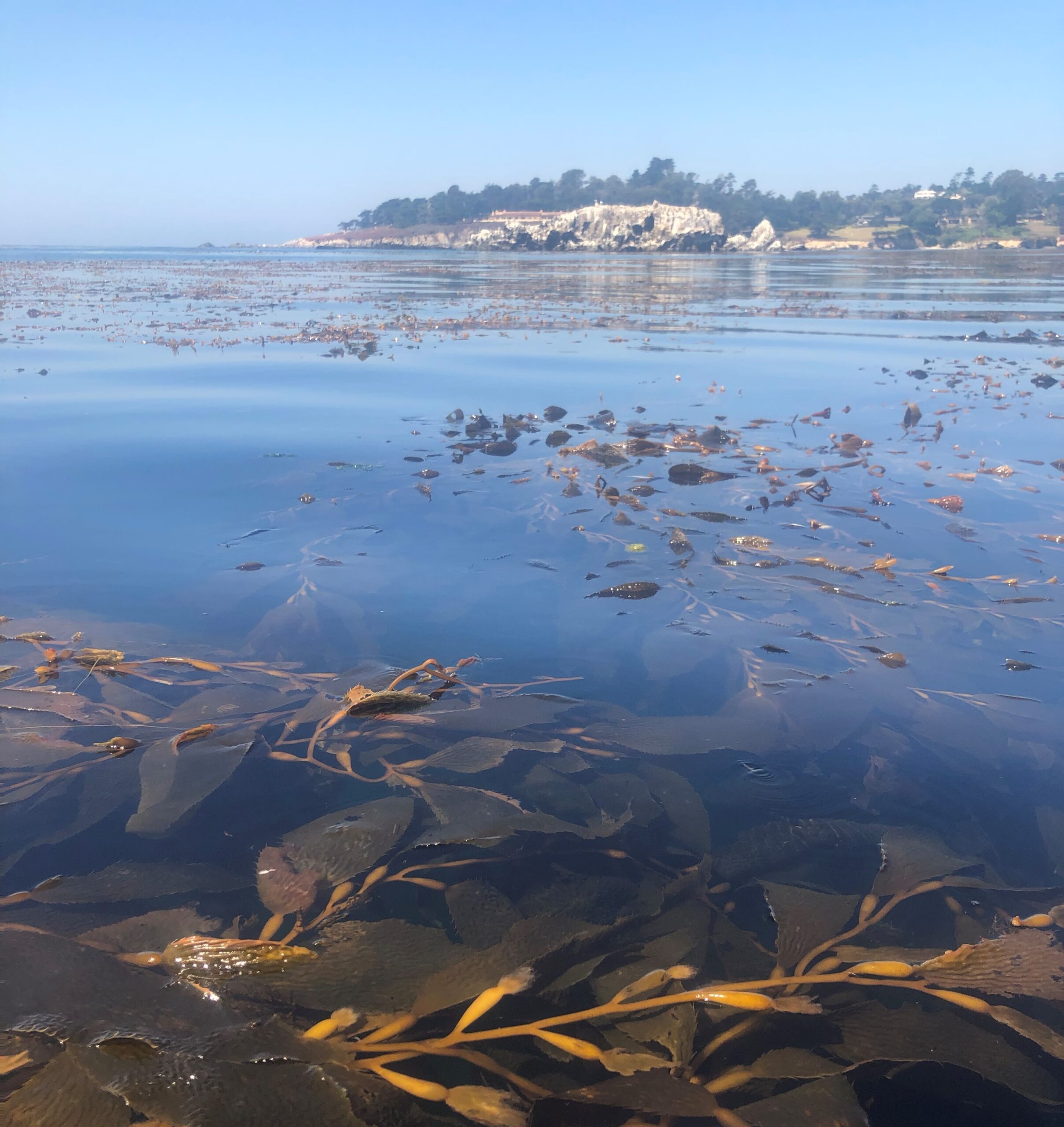John LaRivierie | Scoot Science
Presenting: "Oceanographers building an ocean risk business for aquaculture and beyond"
Hosted by the Executive Director, Petra Dekens
MLML Seminar | April 10th, 2024 at noon

Abstract:
The modern fish farmer must weigh many, often conflicting, factors when making operational decisions on a farm site. They're balancing sales needs, resource limitations, and complex animal husbandry issues with a constantly changing set of ocean conditions on each farm. Technology is transforming this challenge through an ever-expanding IoT dataset (e.g., high resolution hydrographic sensors) and new tools like automated lice counting. In this talk we’ll look at how a group of oceanographers built software tools to translate the raw ocean observations into data-driven actions and behaviors to improve fish health and welfare on the farm sites. We’ll look at the ways ocean data analysis add confidence to feeding, treatment, and mitigation decisions as well as the process of founding the business.
Bio:
Jonathan LaRiviere is Chief Executive of Scoot Science, an ocean analytics and forecasting business based in Santa Cruz, California, which aims to help fish farmers protect assets, operate sustainably, and increase profits by enabling a more complete assessment of local ocean conditions. Scoot’s platform integrates in-pen sensors with external data sources to provide real-time information and forecasting for conditions in the marine environment. Jonathan co-founded Scoot in 2017 and was previously a lecturer at Santa Clara University. His research on reconstructing past ocean temperatures, CO2 levels and climate conditions to understand how the oceans and earth systems respond to climate change has been published in Nature, Nature Geoscience, Science, and Geophysical Research Letters. He holds a PhD in Ocean Sciences from UCSC.





